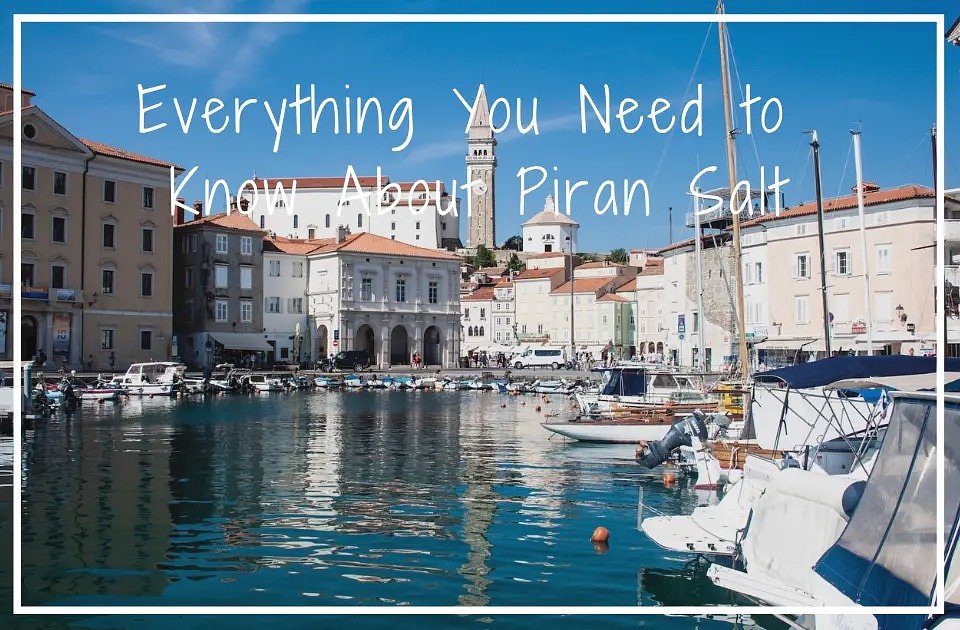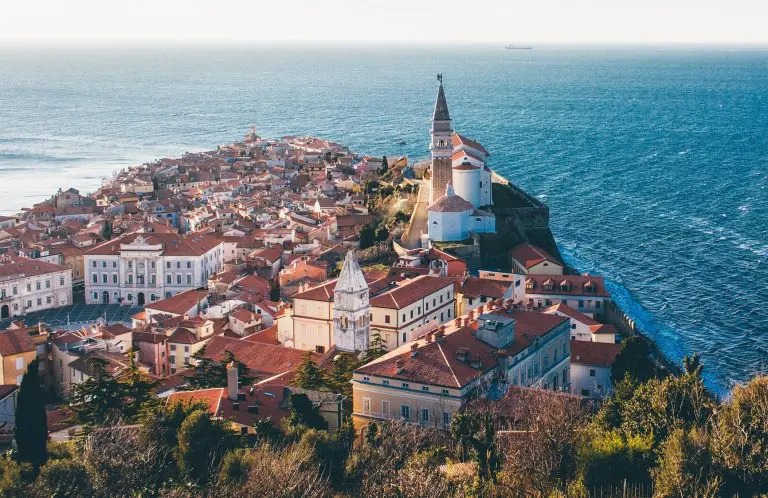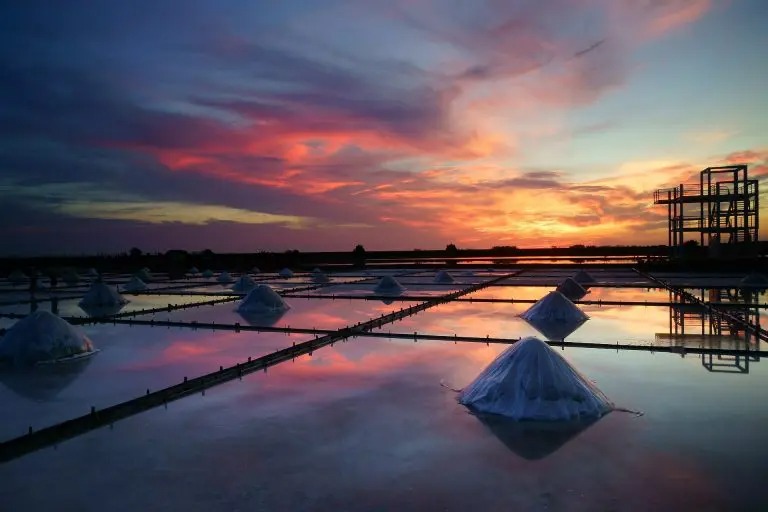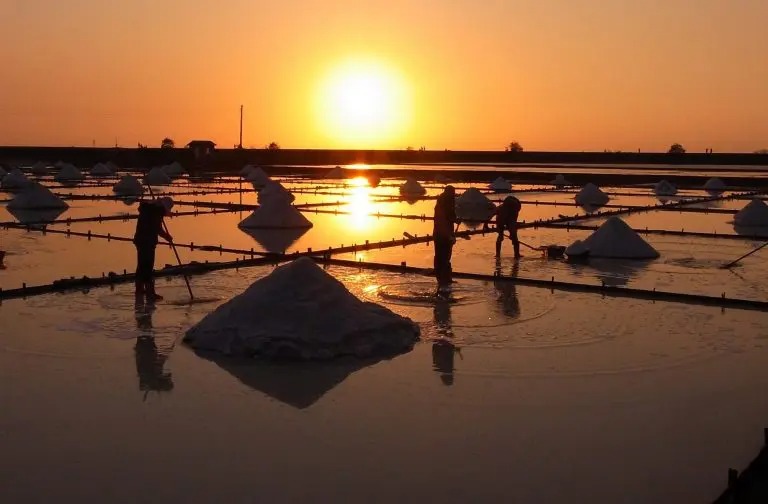Everything You Need to Know About Piran Salt

Posted on Fri 9 Jul 2021
The city of Piran sits daintily on the western coast of Slovenia, arrowing out into the Adriatic Sea forming the western-most tip of the country. The signature red roofs of the buildings have become a staple of the Adriatic coast, with much larger cities such as Dubrovnik and Split in Croatia displaying such colours.
In comparison, Piran is a modest affair, boasting only 4,000 inhabitants, although visitors to this part of the country help to give the city a busier feel, with service provided from the closeby Portorož airport just 10KM away.
Every year, travellers from across Europe make their way to Piran, to enjoy the enveloping sea views that surround the city, the quaint yet vibrant events and festivals, and the salt.
The Town That Salt Built
In many ways, Piran is a city that salt, and the production thereof, has built. With the establishment of the salt pans in the year 804, techniques for harvesting this mineral have changed very little in the last 700 years.
Basic but effective implements are used, fuelled by the strength and determination of the workers who work the pans, some who have done so for over 20 years.

Salt harvesting is backbreaking work, but often the tradition is found running through entire family trees.
For the workers, the sun is both the hand that feeds and the hand that punishes, as their reliance on sunlight and solar warmth mean they can often work in temperatures exceeding 40 degrees Celsius.
Many of them start before dawn to get as much work done before the sweltering heat takes hold of the landscape. However, the sun plays an essential role in the creation of the famed salt, evaporating the seawater to leave behind the desired mineral for the workers to extract.
This organic production process is part of the reason that Piran salt is popular all over the world, imparting flavours to food that entirely surpasses those of mass-produced rock salt that we see in supermarkets.
Want To See Piran For Yourself?
Book A Slovenia Experience Now!
However, due to these supermarket chains, production of Piran salt has halved in the last 20 years, as it is undercut with cheaper, lower-quality alternatives.
Nowadays, the main customers for Piran salt are chefs, both in native Slovenia, across Europe and the rest of the world. Chefs value the quality of Piran salt for its outstanding flavour, providing a perfect seasoning ingredient for their dishes.
It also plays a vital role in Slovenia’s economy, especially in the city of Piran, as much like limoncello in Sorrento, Piran salt is sold in almost every shop in the town.
It is also made available in countless forms and can be seen as a topping for luxury chocolates or truffles, as bath salts or as part of a mud treatment set. Additionally, it is possible to buy the revered fleur de sel, known the world over for being one of the ‘saltiest salts’ and taking any dish that you sprinkle it on to another level.
Fleur de sel is not a cooking salt and should be lightly sprinkled onto dishes before consumption.

This is much harder to harvest and forms as a thin layer, almost like ice, on the top of the watery pans. A special net and a lot of patience are required to harvest fleur de sel successfully.
Visiting the Piran Salt Pans
The salt pans of Slovenia are, for the most part, a baron stretch of land, with the occasional worker going about their daily task of harvesting. However, in recent years, efforts have been made to bring visitors into the pans.
This allows them to see for themselves exactly how the salt is produced, and to learn about the process.
The salt museum and gift shop opened to attract visitors to Piran for them to see where their salty souvenirs were coming from, with a modern-style museum explaining the process and history behind the tradition. There is also a spa located on the plains, offering salt baths, salt rubs and mud treatments with all products using the Piran salt as an ingredient.
If you plan to visit Piran in April, you will likely encounter one of the town’s largest events, the festival of salt-making. During the event, local traders sell their products, such as those produced from the salt, along with other artisan items. There are also live performances of music taking place on Tartini Square.
Leaving a Salty Taste in the Mouth
Unfortunately, despite Piran’s and Slovenia’s best efforts, sales of Piran salt have been continually dropping, taking what was a once-thriving industry and making it a niche product.

For both the salt workers, and those who process and sell the salt further down the supply chain, sales need to increase for their jobs and livelihoods to remain secure.
As the trade is often passed down through generations, it could be that future children or grandchildren of the current workers have no requirement to work the pans, if demand continues to drop.
When visiting Piran on a Slovenia summer holiday, make sure that you pick up some Piran salt for friends and family back home and support the local workers.
Want to visit Piran, but not sure where to start? Why not check out our Slovenian experiences for a worry-free experience holiday that includes a range of accommodation during your stay and all transfers!
Read more from our blog here
